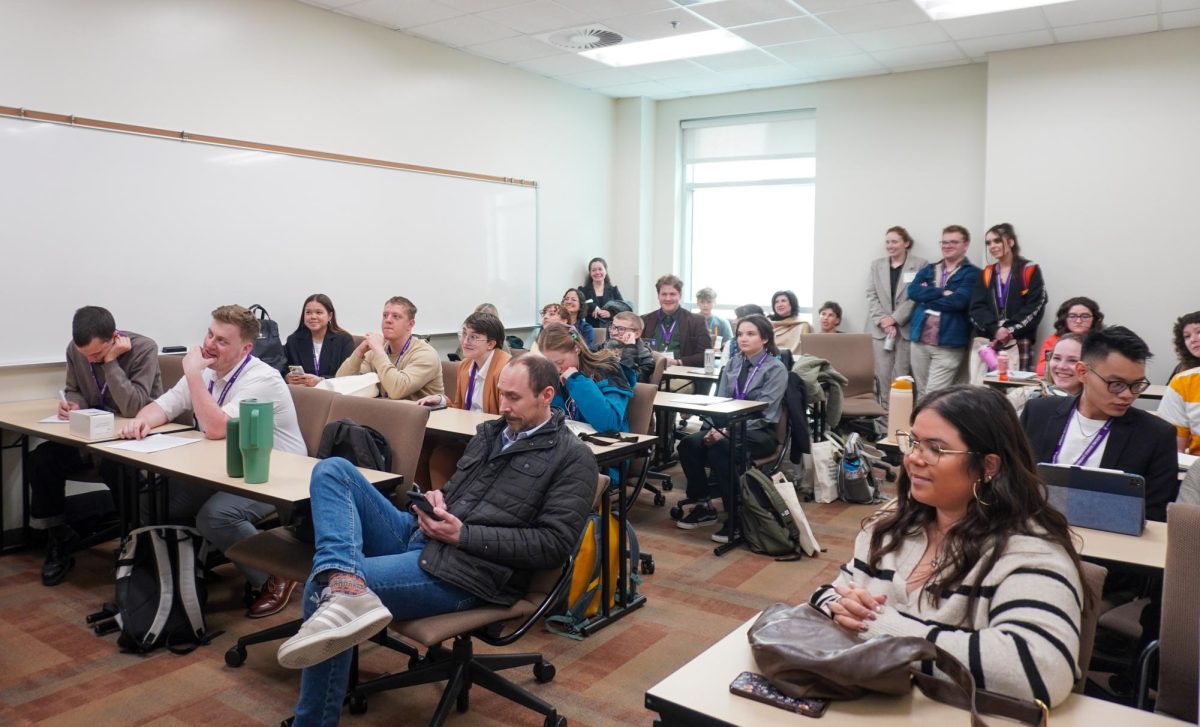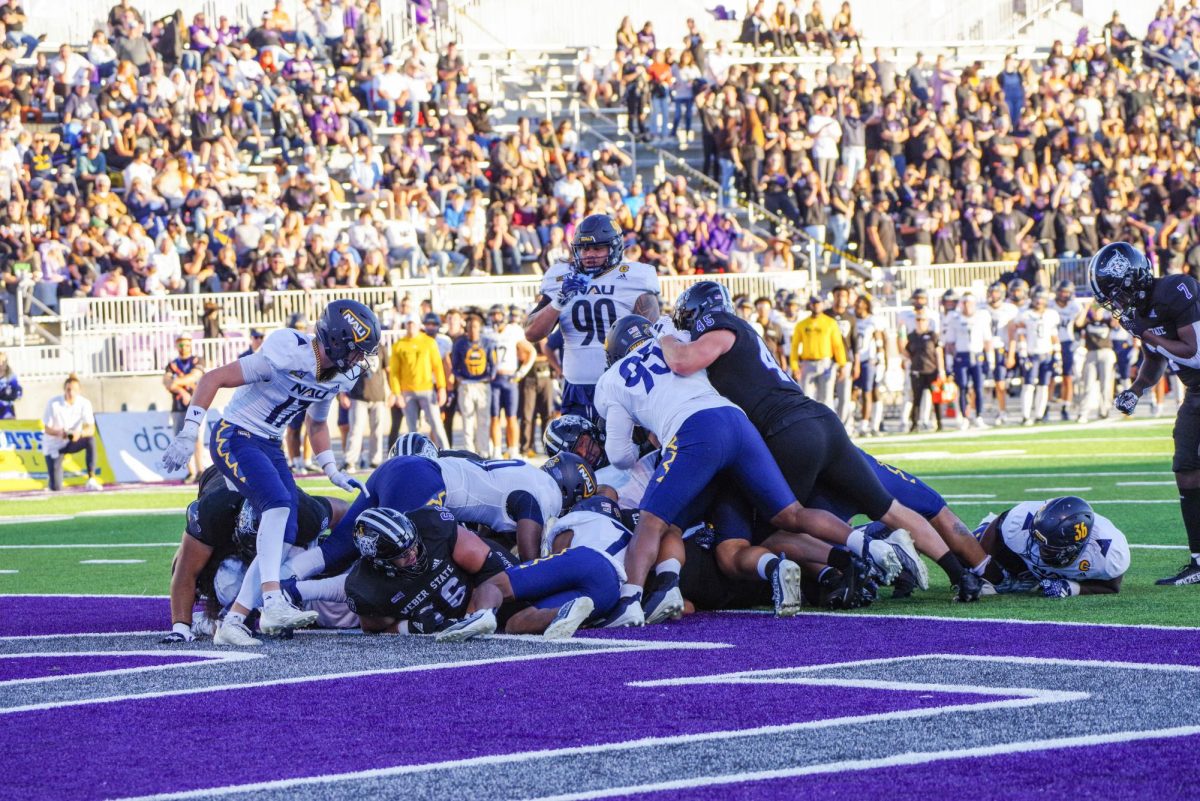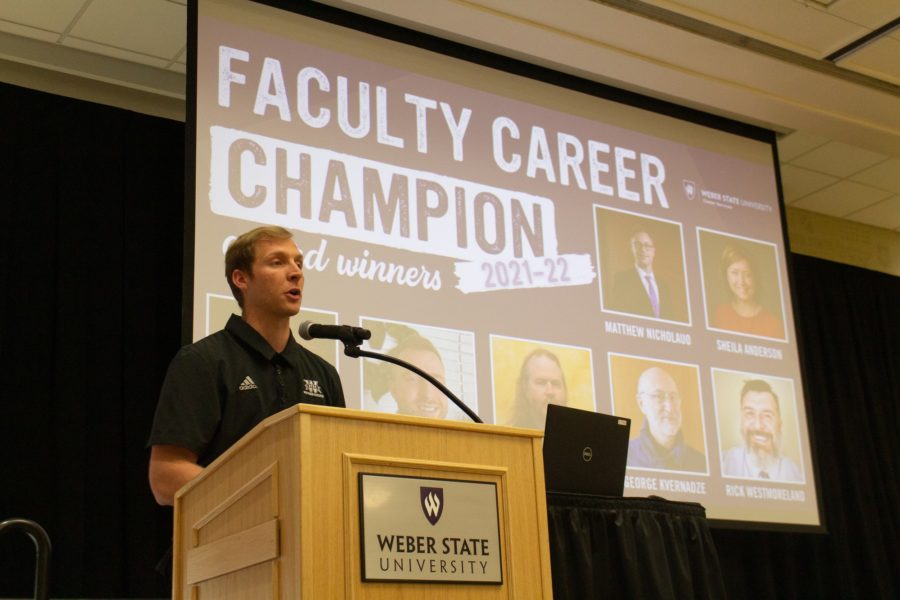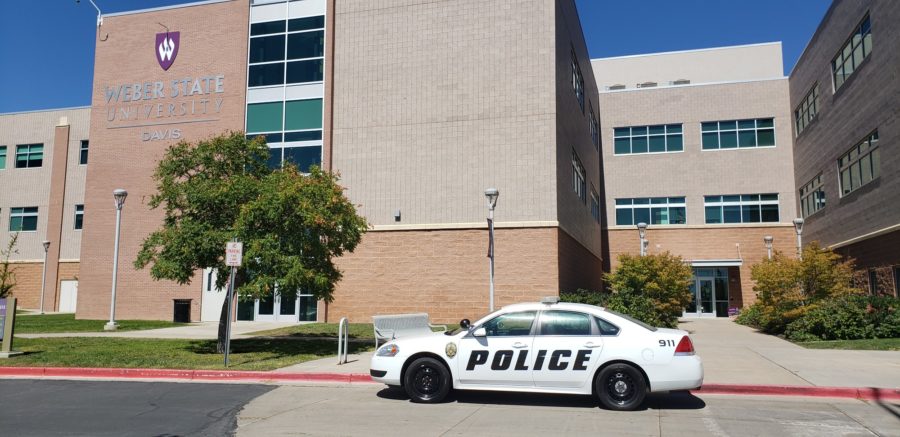

The Blood Battle, an annual blood drive hosted by the American Red Cross, will pit northern Utah universities against each other in an attempt to see which school will donate the most blood. The event will take place Sept. 10–13 in Ballroom C of the Shepherd Union Building.
Ibrahim Siripathane, the special service events chair and coordinator of this year’s event, said he believes that the more students, faculty and staff who choose to donate, the better it will be overall. He said the competition will only be based on “the number of pints that (the Red Cross) can actually get people to come in and donate. So if we have 1,000 people come in and try, but we only get 80 people to donate blood, then our number is 80.”
Siripathane said the American Red Cross’ donating standards will have to be met in order to donate. Those looking to donate must be healthy, meet certain height and weight requirements based on gender, and be 17 or older.
Donors are not required to know their blood type before donating, as they can be tested on site. More information about blood donation requirements can be found at the American Red Cross website.
Last year’s winner of the Blood Battle was Utah State University, which exceeded Weber State University’s total count by more than 1,000 pints of blood. This year’s competition will mostly be focused on the University of Utah and USU, according to Siripathane. He said that while the prize for winning is currently just “bragging rights,” tentative plans for a winning trophy are ongoing.
Rachel Hoferitza, a WSU sophomore, said she believes having the blood drive be a competition will help increase participation.
“It’s a good way to get more people to donate,” she said. “Competitions always are a good way to convince people to donate to a cause.”
Siripathane said that while the competition is a good way to get people through the door, donors should know how much help they’re giving others.
“This event is not just to show Weber as a great school — overall,” Siripathane said. “It’s to help the community, to help people who need their lives saved from donated blood. It’s just not for us, but for the benefits of others.”
USU student Sydney Heniger agreed.
“It seemed like a good cause, and it’s good to know that I might be saving someone’s life,” Heniger said. ” . . . I like my school a lot, and I’m proud to support them. But I honestly didn’t really know that it was a competition until after I was done donating . . . I was just happy to be helping someone out.”
Chantel Stoddard, a WSU dental hygiene major, said she hopes students who would naturally be needle-shy will still donate for a good cause.
“Just don’t look at the needle,” she said. “Also, stop thinking of yourself and try thinking of others . . . Usually, we don’t get called up on the spot to donate to a specific person, but that blood is still used for someone somewhere. So I think people just need to try imagining the person they could potentially be helping by donating.”
Siripathane said the best-case scenario for the event would be if “we have as many Weber State people as we can come and participate — and not just Weber State, but the community. And not only break the goal that the Red Cross has set for us at 395 (pints of blood), but also to actually beat other campuses and show why Weber is as great as it is.”



















